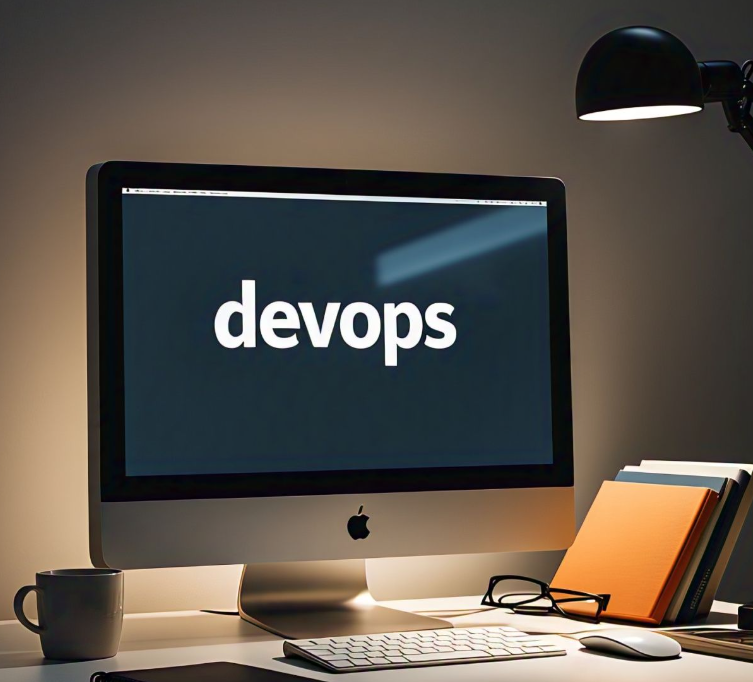As the tech landscape continues to evolve, DevOps remains at the heart of digital transformation. But in 2025, simply adopting DevOps isn’t enough — how you implement it makes all the difference. Companies are focusing not just on speed, but on resilience, collaboration, and automation with a human touch.
Whether you’re just beginning your DevOps journey or looking to optimize your existing pipeline, here are the top DevOps best practices to embrace in 2025.
🔄 1. Embrace GitOps for Better Infrastructure Management
GitOps has evolved from a buzzword to a standard practice. It uses Git as the single source of truth for declarative infrastructure and applications.
Why It Matters in 2025:
- Simplifies rollbacks and audits.
- Enhances collaboration between developers and ops.
- Boosts security with better version control.
Tooling to explore: Argo CD, Flux, Terraform with GitOps workflows.
🧠 2. Prioritize AI-Driven Observability
Traditional monitoring is no longer enough. AI-powered observability tools now predict issues before they impact end-users.
2025 Trends:
- Predictive alerts using machine learning.
- Intelligent root cause analysis.
- Auto-remediation of common incidents.
Top tools in 2025: Dynatrace, New Relic AI, Datadog with AI integrations.
🧪 3. Shift-Left Security & Testing
Security is now everyone’s job — not just the final checkpoint before deployment.
Best Practice:
- Integrate SAST, DAST, and SBOM tools early in the CI/CD pipeline.
- Use policy-as-code to automate compliance.
- Train devs in secure coding practices.
2025 tip: Adopt tools like Snyk, Checkov, and OWASP’s new AI Security guidelines.
⚙️ 4. Automate Everything, but Stay Human-Centric
Automation in 2025 isn’t just about speed — it’s about consistency, transparency, and freeing humans to focus on strategy.
Automate:
- Infrastructure provisioning (IaC).
- CI/CD pipelines.
- Incident response workflows.
But remember: Empathy and communication remain essential. Automate tasks, not trust.
🌍 5. Cross-Functional Collaboration is Still Key
No tool replaces the need for solid team culture. Foster open communication between Dev, Ops, Security, and QA.
2025 Enhancements:
- Use ChatOps to bridge gaps (Slack, MS Teams + bots).
- Run regular game days to simulate failure scenarios.
- Encourage a “blameless postmortem” culture.
🛠️ 6. Leverage Platform Engineering
Platform Engineering has emerged as a DevOps evolution — providing self-service infrastructure and paved paths for developers.
Benefits:
- Developers focus on writing code, not managing environments.
- Reduces cognitive load.
- Standardizes security and compliance.
Recommended tools: Backstage, Crossplane, Internal Developer Portals.
📦 7. Containerize, But Don’t Over-Complicate
Containers are the norm, but the trend is toward simplification in orchestration and deployment.
- Use Kubernetes wisely — not everything needs a cluster.
- Embrace serverless or PaaS for simpler workloads.
- Maintain minimal container images for security and speed.
🌐 8. Multi-Cloud & Edge DevOps is Here
In 2025, DevOps isn’t confined to just one cloud or datacenter.
- Design for portability and resilience.
- Automate across multiple cloud providers.
- Integrate DevOps pipelines with edge computing platforms.
Final Thoughts
The best DevOps practices in 2025 reflect a balance between technological advancement and human-first culture. It’s about smart automation, intelligent observability, and sustainable growth. DevOps isn’t just about delivering faster — it’s about delivering better.
🚀 Which of these practices are you already using? What are you planning to implement this year? Share your thoughts in the comments below!

